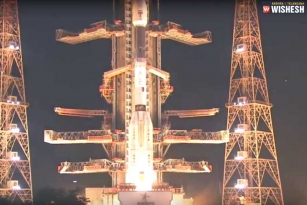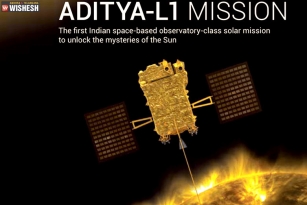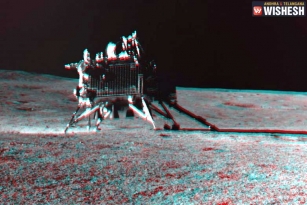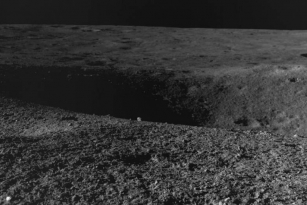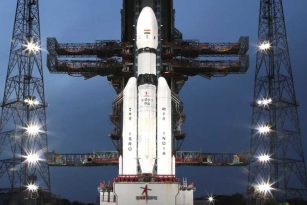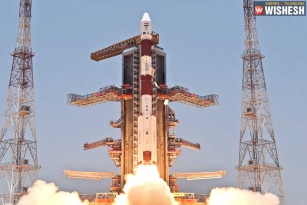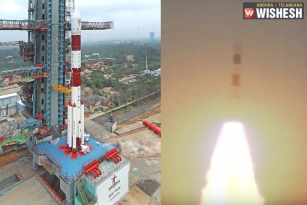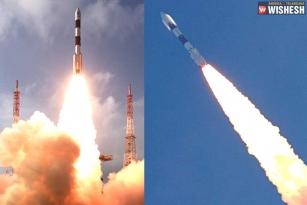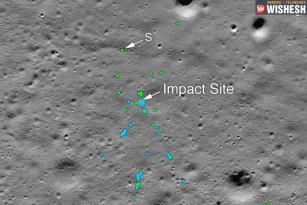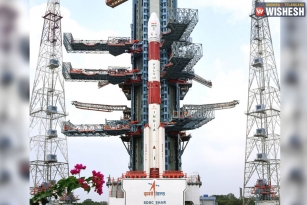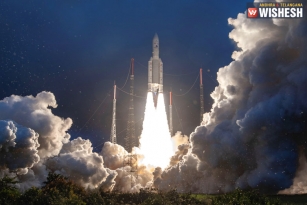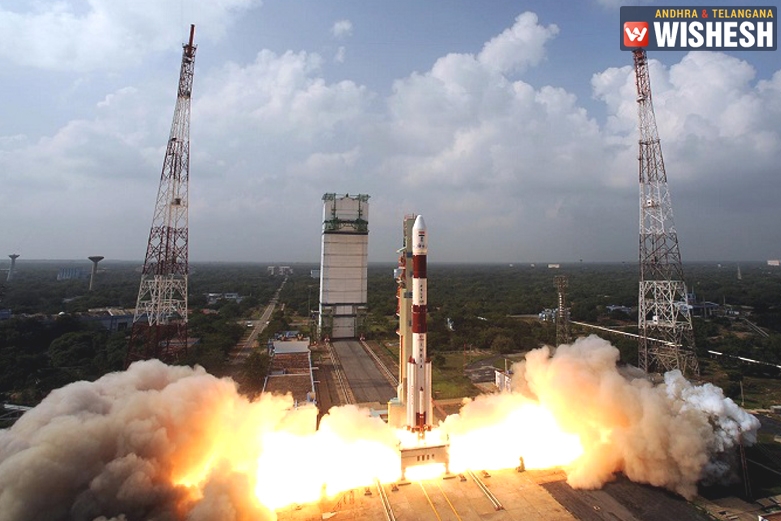
The Indian Space Research Organisation’s (ISRO) Launched Geosynchronous Satellite Launch Vehicle-F05 (GSLV-F05) on Thursday.
The rocket lifted off from the Satish Dhawan Space Centre at Sriharikota in Andhra Pradesh, carrying with it the INSAT-3DR weather satellite.The launch was previously to be done on 28 August but was delayed by 10 days.
“GSLV-F05 is the tenth flight of India’s Geosynchronous Satellite Launch Vehicle (GSLV). GSLV-F05 is the flight in which the indigenously developed Cryogenic Upper Stage (CUS) is being carried onboard for the fourth time during a GSLV flight,” ISRO said in a statement after the rocket launch.
ISRO added that "a locally made cryogenic engine helped power a rocket that carried an advanced weather satellite to space. The engine has been used only for testing purposes so far.The launch was delayed by about 40 minutes due to the time is taken to tank up the cryogenic engine. The rocket weighs 2,211-kg and it has three stages. The last stage is fitted with the cryogenic engine which provides a thrust 1.5 times greater than in vehicles propelled by conventional liquid rocket engines. Once launched, the rocket’s engines burn and fall off in stages. At the last stage, the cryogenic engine comes to life and takes the satellite to space. A propulsion puts the INSAT-3DR into a Geostationary Transfer Orbit (GTO)."
According to ISRO, INSAT-3DR has a Data Relay Transponder as well as a Search and Rescue Transponder to assist search and rescue operations of security agencies including all defence forces, the Coast Guard, and in shipping. The vehicle launch will be able to provide meteorological services and continue the INSAT-3D mission.
The INSAT-3DR will join KALPANA-1 and INSAT-3D meteorological satellites currently orbiting in space. INSAT-3D which was launched in 2013 counted features like using Atmospheric Sounding System to monitor the weather. As per ISRO, INSAT-3DR is capable of imaging two thermal infrared bands for estimation of sea surface temperature with better accuracy.
Also Read: India's Launch of fourth navigational satellite
BY M. DIVYA SRI














